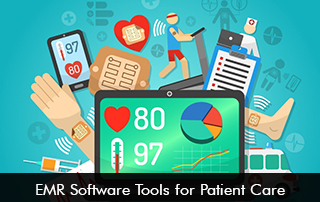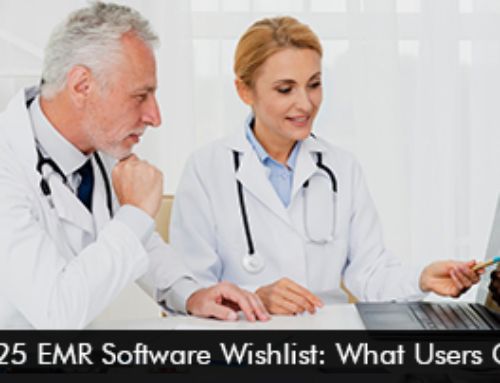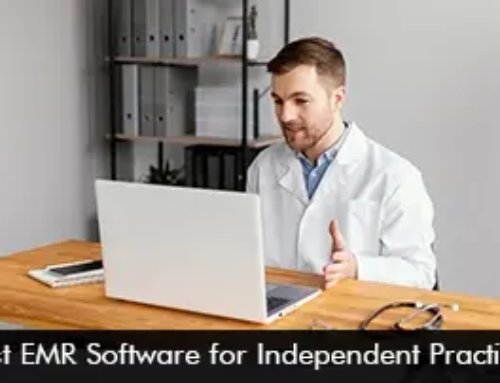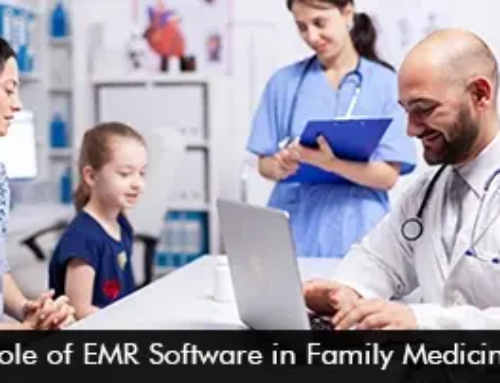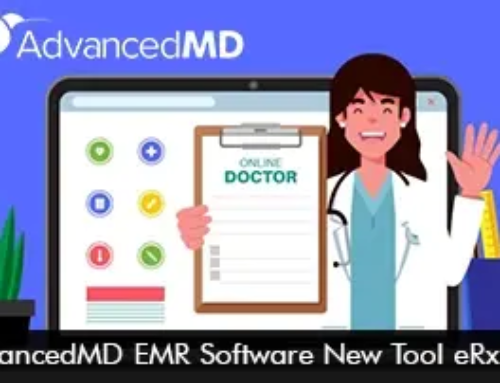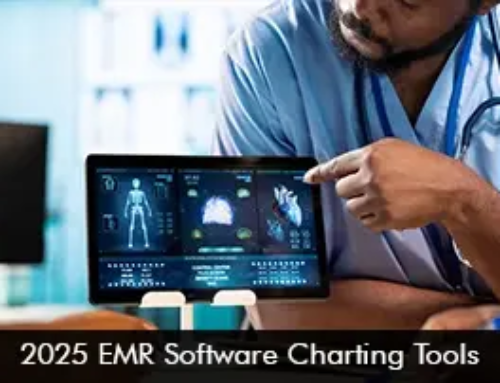Electronic Medical Records (EMR) Software is now a cornerstone of healthcare delivery. Its powerful collection of tools doesn’t just help medical professionals make clinical operations smoother; it’s also vital for improving patients’ quality of care. By converting and linking essential healthcare tasks into digital formats, EMR Systems tools allow doctors to make quicker, more knowledgeable decisions.
CDS Tools in EMR Software
CDS systems, which are built right into EHR Software, help healthcare providers out by giving them useful prompts and guidance. They provide alerts based on evidence, suggest treatment guidelines, and send reminders—all aimed at helping clinicians and nurses make better decisions. The CDS tools in EMR Software look at patient information instantly to highlight possible issues, like drug interactions, allergies, or unusual lab results.
With Clinical Decision Support functionality, doctors can offer safer and more precise care, which also cuts down on mistakes that might happen otherwise. This kind of support is especially handy in busy places like emergency rooms and urgent care centers.
Patient Portal EMR Software for Better Involvement
Many contemporary Electronic Medical Records (EMR) Systems now come with patient portals. These handy tools let individuals look at their health information, including medical records, lab results, prescriptions, and upcoming appointments. By offering this kind of insight, the patient portal platform promotes openness and encourages patients to play a more active part in managing their health.
Features like secure HIPAA-compliant messaging also make it easier for patients to communicate with their healthcare providers. This helps keep care consistent and can cut down on unnecessary trips to the office. When patients are more involved, they tend to stick to their treatment plans better and often see improved results.
Integrated e-Prescribing and Medication Management with EHR Software
Integrated e-prescribing and medication management systems are very helpful. Electronic prescribing (eRx) lets healthcare providers send prescriptions straight to pharmacies, cutting down on mistakes from bad handwriting and saving everyone time. A lot of EMR Software platforms also have medication reconciliation features that keep track of a patient’s full medication history. This helps lower the chances of patients getting duplicate prescriptions or having medication interactions. These systems are especially beneficial for people dealing with chronic illnesses who take many different medications, making care safer and helping them stick to their treatment plans.
EMR Software Data Analytics Features
EHR Software comes with data analytics tools that let healthcare providers keep an eye on how patients are doing, spot areas where care might be lacking, and follow health trends across different groups of people. Using EMR Systems dashboards, they can personalize reports that run automatically, and they can pick up on patterns and base their decisions on the data. For example, these analytics can help pinpoint patients who are at higher risk and need preventive measures or follow-up, which results in more proactive and tailored care. Vendors like AdvancedMD EMR Software, and Tebra EHR Software offer strong analytics and reporting tools.
Moving Ahead
Patient care can be transformed by utilizing the robust technology of EMR Software. Healthcare providers are empowered to offer high-quality care when tedious clinical, financial, and administrative tasks are streamlined. Future developments in individualized, effective, and secure patient care are anticipated as EHR Software Systems continue to develop with artificial intelligence and interoperability features.


